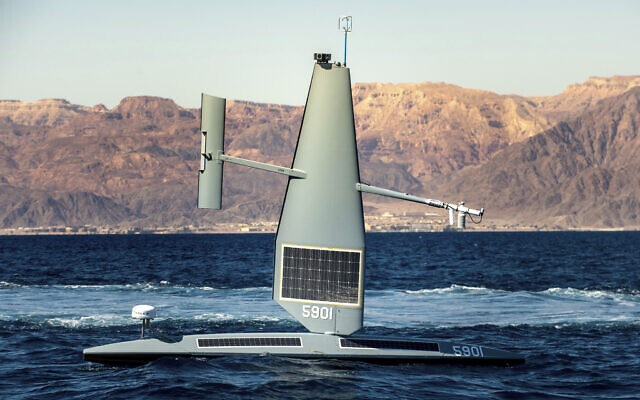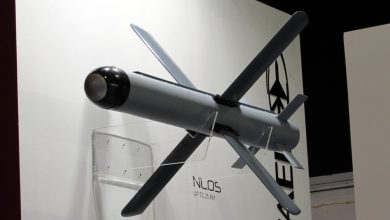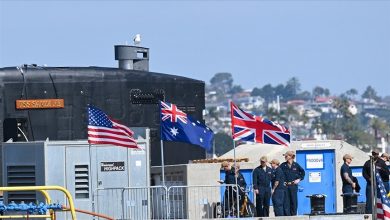ABD, Basra Körfezi’nde 100 insansız deniz aracı konuşlandıracak

ABD Merkez Komutanlığı yaptığı açıklamada, ABD liderliğindeki bir görev gücünün deniz tehditlerini savuşturmak için Körfez bölgesinin stratejik sularına gelecek yıla kadar 100’den fazla insansız deniz aracı konuşlandıracağını açıkladı.
ABD’li General Michael Kurilla’nın Bahreyn’deki Manama Diyalog konferansında yaptığı duyuruya göre; İsrail ve ABD’nin Umman kıyılarında İsrail’e ait bir firma tarafından işletilen Pacific Zircon adlı bir tankere, İran’a ait olduğu tahmin edilen bir insansız hava aracı saldırısının ardından bu kararı hızlandıracağı belirtildi.
General Kurilla; “Önümüzdeki dönemde, bölgede bulunan görev gücümüzle birlikte çalışan, iletişim kuran ve denizcilik alanı farkındalığı sağlayan 100’den fazla insansız su üstü ve sualtı gemisinden oluşan bir filoyu bölgeye konuşalandıracağız” açıklamasında bulundu.
General Kurilla ayrıca; bölgede giderek artan insansız hava araç sayısının bölgesel güvenliğe yönelik en büyük teknolojik tehdit olduğunu ifade etti.
Kaynak: M5





